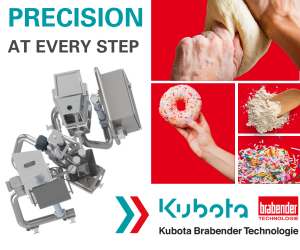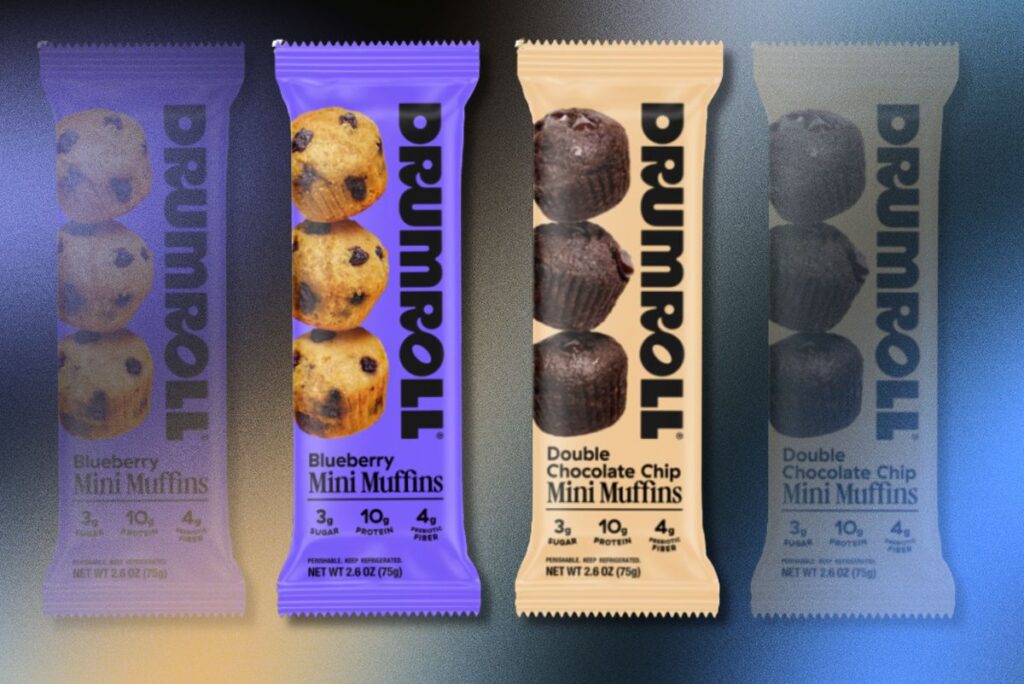ANAHEIM, CA — Sustainability dominated the conversation on the trade show floor and in educational programming during Natural Products Expo West, held March 12-16 at the Anaheim Convention Center.
During their presentation, The Evolution of Sustainability: What CPGs Need to Know, Tom Vierhile, VP of strategic insights for Innova Market Insights, and Julia Robey, customer sustainability lead for Cargill, shared top sustainability trends for 2024 and their perspectives on what’s coming down the pike.
Vierhile opened the session by sharing the top 10 sustainability trends revealed by Innova Market Insights research:
- Ingredients Taking the Spotlight
- Nurturing Nature
- Prioritizing Prevention
- Applied Offerings with Plant-Based Products
- Local Goes Global
- Home Kitchen Heroes
- Indulging in Health
- Oceans Of Possibilities
- H2O Quenching the Future
- Minimizing the Noise









